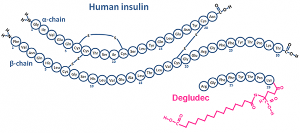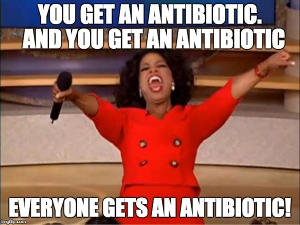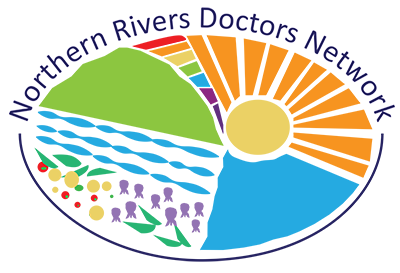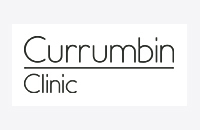
Doctors join push to recognise Indigenous rights
Medical bodies including the AMA and the Colleges of General Practitioners and Physicians are putting their weight behind moves to see practical changes in the way Aboriginal and Torres Strait Islander people are treated in the health, child protection and criminal justice systems. Pressure is also being exerted on government to give greater recognition to the views of Indigenous people from around the country.
These issues were featured prominently at the National Indigenous Incarceration Conference (NIIC), held in Kingscliff in June 2018 and attended by a wide range of mainly Aboriginal and Torres Strait Islander speakers and delegates, both national and local.
Australia is heading towards one in two of the prison population comprising Aboriginal prisoners by 2020. In 1992, the ratio was one in seven.
Amongst the alarming statistics was the revelation that since 2004 the number of Aboriginal Australians in custody has increased by 88 per cent, compared to a 2 per cent increase for non-Aboriginal Australians. Moreover, Australia is heading towards one-in-two of the prison population comprising Aboriginal prisoners by 2020. In 1992, the ratio was one in seven.
- Details

Diabetes pen and hep C drug listed on PBS
The federal government has approved the listing of new diabetes and hepatitis C medications on the PBS, helping patients save thousands of dollars a year.
Hepatitis C
Referring to the hepatitis C drug Maviret, local MP for Page Kevin Hogan said, “Without the listing, patients could pay more than $50,000 per course of treatment for this medicine.
Maviret works by stopping hepatitis C virus from multiplying and infecting new cells. It belongs to a class of new treatments which provide a cure for well over 90 percent of people treated.”
- Details

Why I love being a HANDI-man
Following up on the Nordocs unConference, where local medicos presented on things they are passionate about, the following is an introduction to the Handbook of Non-Drug Interventions. I have been part of the editorial/ writing group for HANDI since 2013 and have learned much from it.
Why a handbook of non-drug interventions?
It is estimated that half of the myriad clinical trials conducted each year globally are for non-drug treatments. However, effective non-drug interventions are less well known, less well promoted and less well used than their pharmaceutical counterparts.
- Details
- Written by: Dr Dan Ewald.

Iron Management - The Good, the Bad and the Ugly
The pale, thin, anaemic, vegetarian schoolgirl who gets constipated on iron tablets would benefit from an iron infusion. The tired 40 year old woman with low iron stores will feel a whole lot better with some iron tablets (or a B12 injection). The plethoric smoking, drinking, overweight 50 year old male with a high ferritin should pop down to the Red Cross for some regular blood donations.
These and other myths are debunked in Dr Louise Imlay-Gillespie's talk on modern iron management at the inaugural Nordocs Unconference held on 30 June 2018 at UCRH, Lismore.
- Details

The Rise of Antibiotic Resistance
Prior to the widespread development and use of antibiotics, some bacterial infections, such as bacterial endocarditis and meningitis, were almost uniformly fatal. The leading causes of death in 1900 were infections: pneumonia, TB and diarrhoea/enteritis. While sulphur antibiotics were developed first, the discovery of penicillin in 1928 lead to its widespread use by the 1940’s, resulting in a significant change in epidemiology of disease throughout the 20th century with a sharp drop in infant and child mortality and a near 30 year increase in life expectancy by the late 1990’s.
Resistance to antibiotics has occurred for every antibiotic agent that has ever been used. Antibiotic resistance is not a man-made phenomenon but rather a reflection of natural selection and evolution; widespread antibiotic use, however has led to the rapid emergence of resistance bacteria.
- Details
- Written by: Dr Sarah Coghill, ID physician.Lismore
Page 90 of 177















